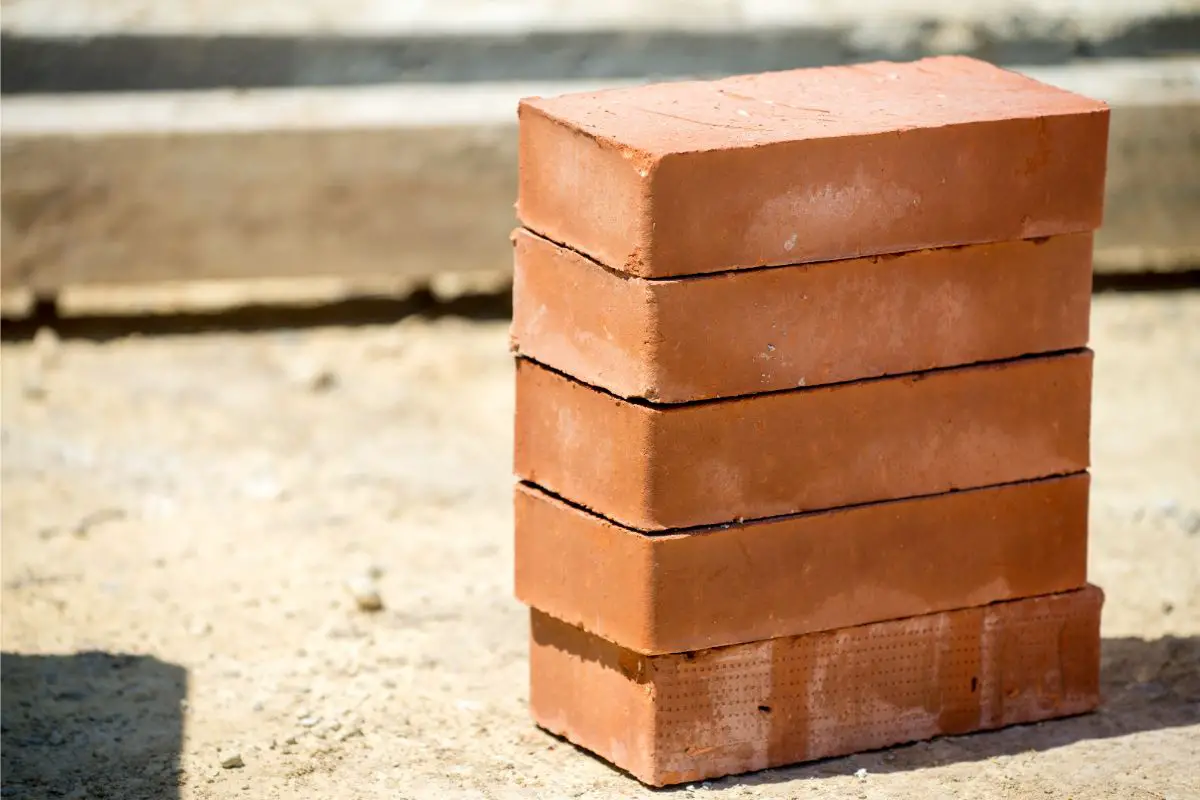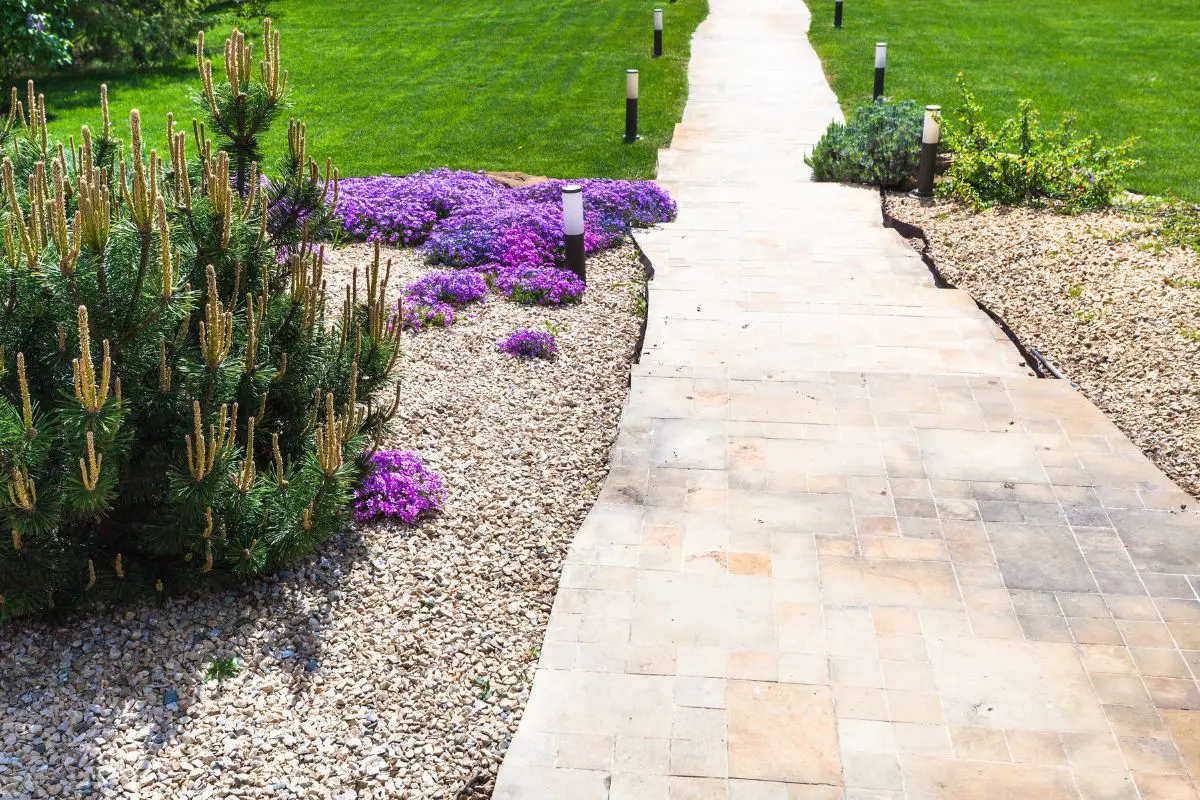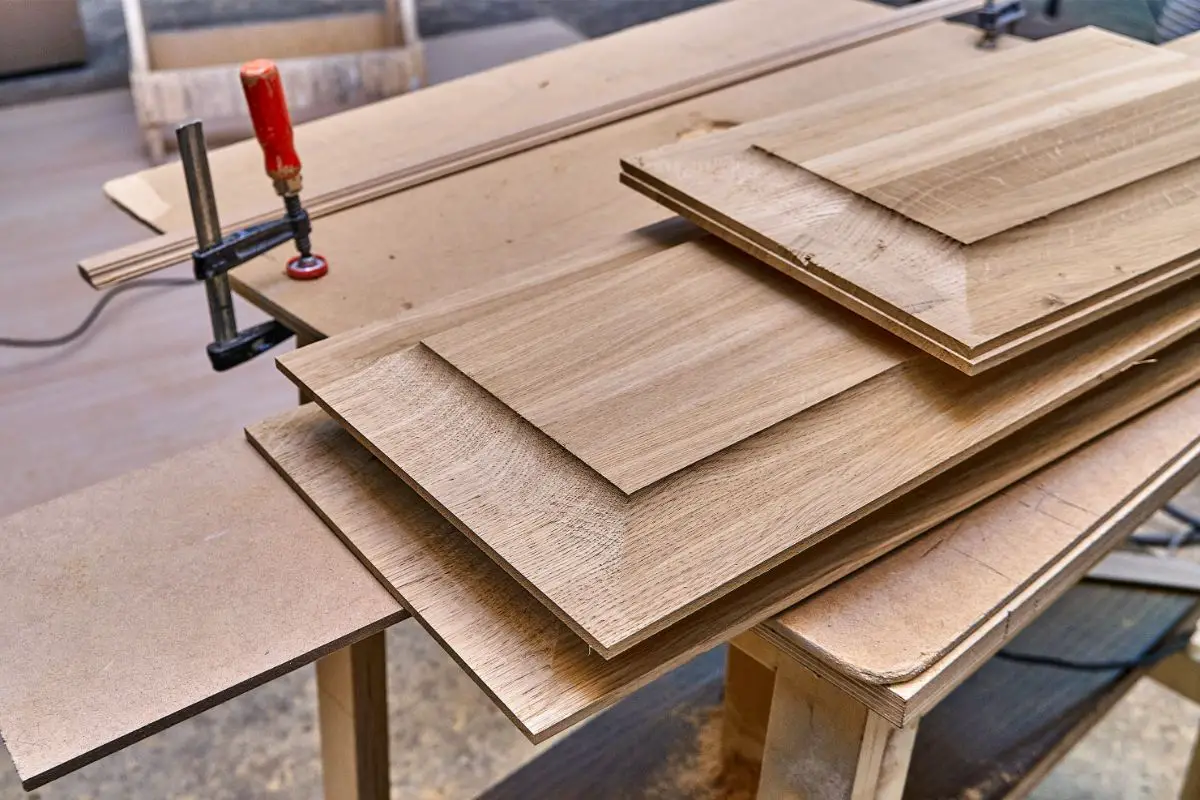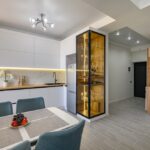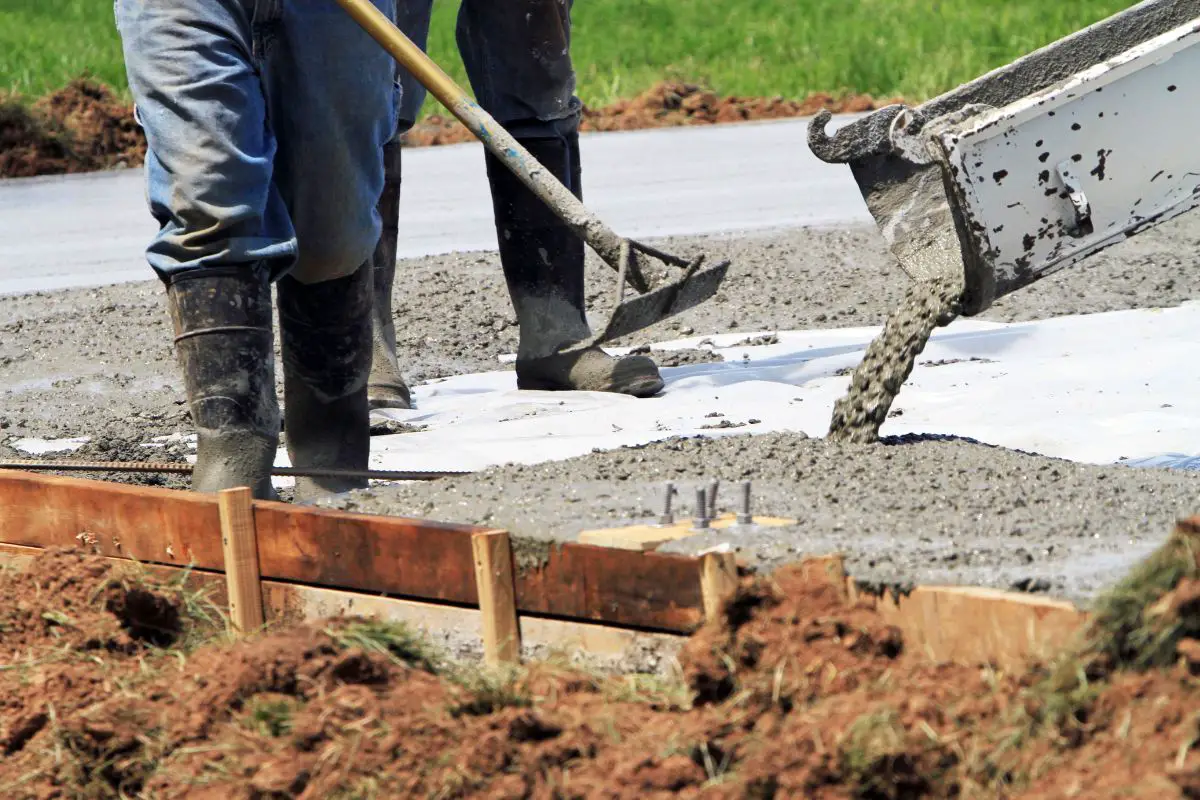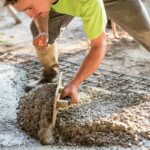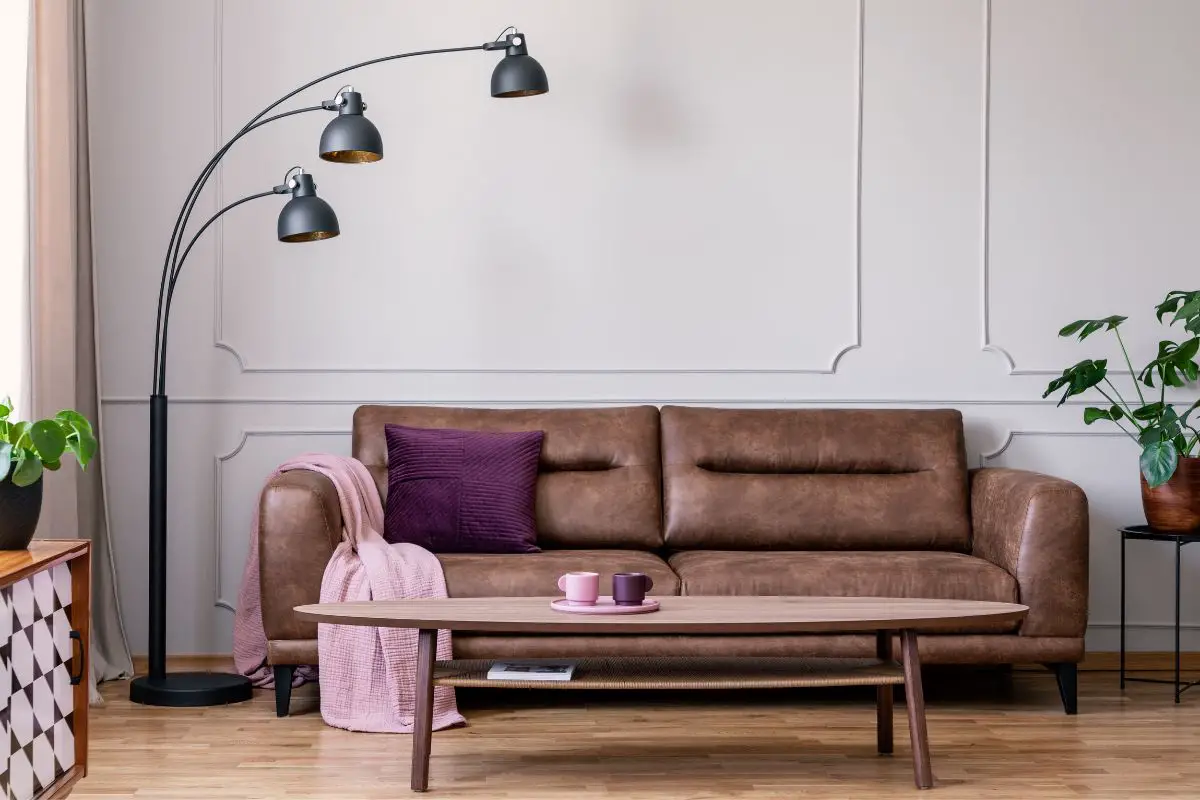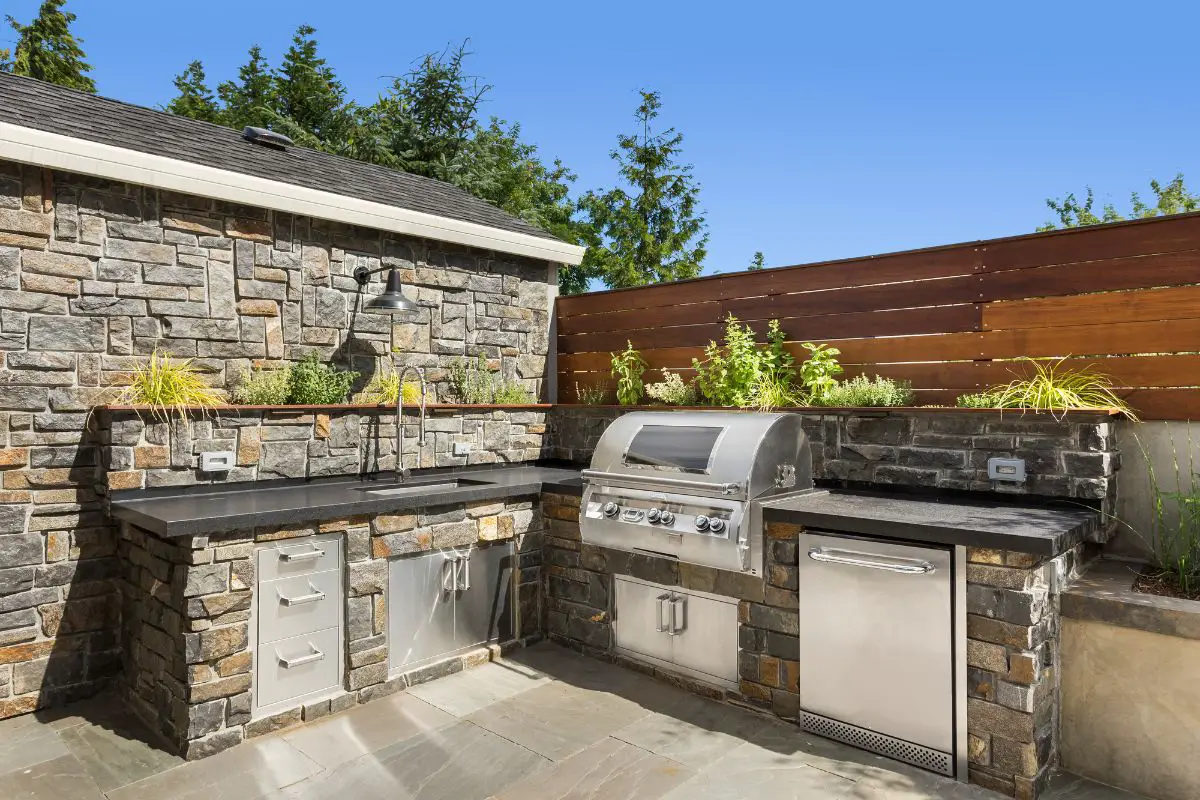Welcome to our article on hardscape and its role in landscape design! In this first section, we will delve into the fascinating world of non-living elements that bring outdoor spaces to life.

So, what exactly is hardscape? Simply put, it refers to the non-living elements in landscape design. This includes materials like concrete, rocks, bricks, pavers, stone, and wood. But it’s not just about materials; hardscaping also encompasses man-made structures such as decks, pergolas, and patio covers.
While landscape design focuses on the living elements like grass, plants, trees, and flowers, hardscaping and landscaping work hand in hand to create a functional and visually appealing outdoor space. Hardscape elements serve a purpose in enhancing efficiency, flow, and drainage of the landscape.
But hardscaping goes beyond just functionality. It can provide privacy, define property lines, and extend the use of the outdoor space. By incorporating hardscape materials that match the exterior of the house, you can create a seamless flow between indoor and outdoor areas.
When it comes to hardscape design, it’s important to consider visual appeal. Creating focal points and incorporating curves and rounded edges can add an extra touch of beauty. Equally important is proper drainage and considering the natural expansion and contraction of the earth in hardscape construction.
A well-balanced combination of hardscape and landscaping can greatly enhance the curb appeal of a home and increase its value. So, whether you’re planning to revamp your outdoor space or create a new one from scratch, hardscaping is definitely worth exploring.
Benefits of Hardscaping in Your Outdoor Space
When it comes to designing your outdoor space, hardscaping can offer numerous benefits that go beyond just aesthetics. One of the biggest advantages of hardscaping is its low maintenance requirements compared to landscaping. While lush gardens and lawns demand regular upkeep, hardscaping materials such as concrete, rocks, and pavers require minimal attention.
To keep your hardscaping in pristine condition, occasional maintenance tasks like adding a protective seal and filling in cracks can prolong the lifespan of the materials. Cleaning spills and removing unwanted growth such as mold and mildew is important to maintain the appearance and safety of hardscaping elements. By investing in hardscaping, you can enjoy a beautiful outdoor space without the constant need for upkeep.
In addition to being low maintenance, hardscaping also offers functional benefits. Elements like patios, sitting walls, and grill surrounds can create dedicated outdoor rooms for relaxation and entertainment. Landscaped walkways and retaining walls not only enhance the functionality of your yard but also add visual appeal. Other popular hardscape elements like water features, fire pits, pergolas, and landscape lighting can transform your outdoor space into a cozy retreat.

Benefits of Hardscaping in Your Outdoor Space:
- Low maintenance requirements compared to landscaping
- Functional outdoor rooms for relaxation and entertainment
- Enhanced functionality and visual appeal through landscaped walkways and retaining walls
- Addition of water features, fire pits, pergolas, and landscape lighting for beauty and functionality
Furthermore, hardscaping can seamlessly connect your home to the yard, increasing the usability and enjoyment of your outdoor space. By incorporating hardscape materials that match the exterior of your house, you can create a harmonious flow between indoor and outdoor areas. Whether you’re looking to create a cozy nook for yourself or an entertainment space for hosting gatherings, hardscaping can help you achieve the perfect outdoor ambiance.
Lastly, investing in hardscaping is not only beneficial for your personal enjoyment but also adds value to your property. A well-designed hardscape can greatly enhance the curb appeal of your home, making it more attractive to potential buyers. When implemented properly, hardscaping projects can serve as a worthwhile investment that not only enhances your lifestyle but also increases the resale value of your home.
The Importance of Hardscaping in Landscaping Design
Hardscape is a critical part of landscape design that provides definition and organization to the natural areas and features. It refers to the non-living elements in landscaping, while softscape refers to the living elements.
Hardscape elements such as patios, walls, fences, and benches serve as the backbone of a well-designed outdoor space. They add structure and functionality, creating designated areas for relaxation, dining, and entertaining. Water features like ponds and fountains also fall under the umbrella of hardscaping, adding a soothing and natural touch to the landscape.
By incorporating hardscape elements, you can define the use of a space, create pathways, level out slopes, and add visual interest to your landscape. Hardscape materials such as concrete, brick, stone, wood, and metal offer a wide range of options to suit your design preferences. When integrating hardscape with softscape, it’s important to consider both functionality and aesthetics, ensuring a harmonious balance between the two.
Not only does hardscaping enhance the organization and visual appeal of your outdoor space, but it also enhances the value of your property. A well-designed hardscape can significantly increase curb appeal and make your home more appealing to potential buyers. So, whether you’re looking to create a peaceful oasis or improve the overall appearance of your property, incorporating hardscape elements into your landscaping design is a smart investment.

FAQ
Q: What is hardscape?
A: Hardscape refers to the non-living elements in landscape design, such as concrete, rocks, bricks, pavers, stone, and wood. It also includes man-made structures like decks, pergolas, and patio covers.
Q: How does hardscaping work with landscaping?
A: Hardscaping and landscaping work together to create a functional and visually appealing outdoor space. Hardscaping enhances the efficiency, flow, and drainage of the landscape, while landscaping includes the living elements like grass, plants, trees, and flowers.
Q: What are the benefits of hardscaping?
A: Hardscaping serves a purpose in enhancing the efficiency, flow, and drainage of the landscape. It can provide privacy, define property lines, and extend the use of the outdoor space. Incorporating hardscape materials that match the exterior of the house can create a seamless flow between indoor and outdoor areas.
Q: What should I consider in hardscape design?
A: It’s important to create focal points and incorporate curves and rounded edges in hardscape design to add visual appeal. Proper drainage and consideration of the natural expansion and contraction of the earth are essential in hardscape construction. Balancing hardscape and landscaping can greatly enhance curb appeal and increase the value of a home.
Q: How much maintenance does hardscaping require?
A: Hardscaping requires less maintenance compared to landscaping. Regular maintenance, such as adding a protective seal and filling in cracks, can prolong the life of hardscaping materials. Cleaning spills and removing unwanted growth like mold and mildew is important to maintain the appearance and safety of hardscaping.
Q: What are some popular hardscape elements?
A: Hardscape elements, such as patios, sitting walls, and grill surrounds, create functional outdoor rooms for relaxation and entertainment. Landscaped walkways and retaining walls can enhance the functionality and visual appeal of the yard. Water features, fire pits, pergolas, and landscape lighting are also popular hardscape elements that add beauty and functionality to outdoor spaces.
Q: How does hardscaping add value to a home?
A: Hardscaping connects the home to the yard, increasing the usability and enjoyment of the outdoor space. It is a worthwhile investment that adds value to the resale of a home.
Q: What is the difference between hardscape and landscape?
A: Hardscape refers to the non-living elements in landscaping, while softscape refers to the living elements. Hardscape elements can include structures such as patios, walls, fences, and benches. Water features, like ponds and fountains, also fall under the umbrella of hardscaping.
Q: What materials are used in hardscaping?
A: Hardscape materials include concrete, brick, stone, wood, and metal. The choice of materials depends on the functionality, aesthetics, and integration with softscape in the landscape design.
Q: Do I need special equipment for hardscaping projects?
A: Installing hardscaping projects can be physically demanding and may require heavy equipment. Renting equipment can be a cost-effective option for homeowners.
- What Kind of Room Has No Doors or Windows? - December 1, 2023
- What is a Powder Room? - December 1, 2023
- What Is a Kitchenette: Exploring the Features and Benefits of a Compact Kitchen - December 1, 2023

